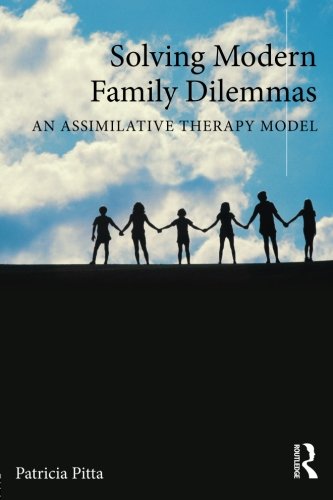دانلود کتاب Solving Modern Family Dilemmas: An Assimilative Therapy Model - Original PDF
Author:
Patricia Pitta
0 (0)
توضیحات کتاب :
Context is the unifying principle that guides a therapist’s formulation of the modern family’s presenting dilemmas, functioning, relationships, and attitudes. We can no longer assume that a family is comprised of a mother, father, and children; the composition and systems a family operates within can be fluid and ever-changing, requiring an equally elastic model. The Assimilative Family Therapy Model is sensitive to the many unique contexts presented by the modern family and is shaped by the inclusion of necessary interventions to address the specific dilemmas of a client or family. In Solving Modern Family Dilemmas, readers will learn about many schools of thought and experience their integration to help heal clients through differentiation, anxiety reduction, and lowering emotional reactivity. There is also no need for readers to abandon their theoretical framework; theories, concepts, and interventions can be inserted into the model, enabling readers to create their own model of family therapy. End-of-chapter questions enable self-examination, and readers are treated to references for further exploring theories, concepts, and interventions. Family therapists, psychologists, social workers, and mental health counselors find this book essential in their work with all clients, and professors use it in courses to teach different modes of integrating theories, concepts, and interventions.
سرچ در وردکت | سرچ در گودریدز | سرچ در اب بوکز | سرچ در آمازون | سرچ در گوگل بوک
1,209 بازدید 0 خرید










